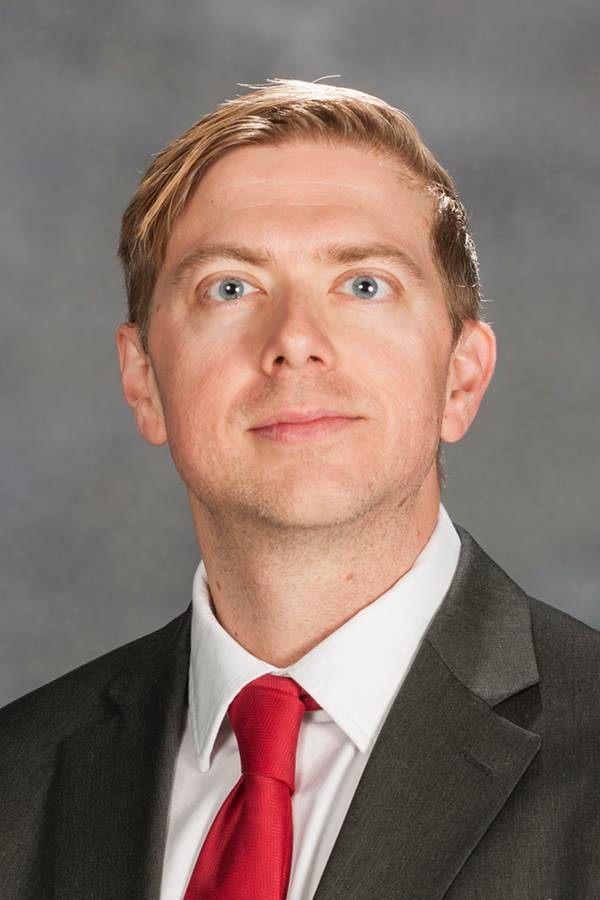Spring 2022
An Enabling Context for Hard Work
I challenge us to collectively stop and reflect on the work needed to enable kids to develop into independent learners equipped with the life skill of literacy. Much of the discussion on social media and elsewhere around this work is adult-focused. Well-meaning adults ponder, speculate, and debate a host of questions. What should teachers teach? How should teachers teach it? What must teachers know? What has been learned from research? What still needs to be learned from research? When should screening be done? What are the best screeners? These questions have their place, but they miss an essential part of the conversation. What should children be doing? This is a question that I seldom hear directly asked in this manner. It is typically what adults should do. What should adults do for children? What should adults be doing for themselves? With all these questions swirling in the mix, it seemed like an excellent time to stop, reflect and ask a different question.
What should children be doing to enable themselves to develop into proficient readers and writers?
You may be thinking to yourself, “Why ask this question?” Well, because it only makes sense. After all, the children work hard to develop into proficient readers and writers. It happens as a result of their efforts. And what is most vital is that children doing the work benefit from an enabling context that often is established through the efforts of a host of adults in their lives. So opposed to asking what adults should be doing, which is the most frequently asked question, I suggest that we not lose sight of an equally if not more pressing question. What should children be doing? This question motivates another question. What should adults do to allow children to do the work they must do to develop into proficient readers and writers? The simple answer is to establish an enabling context—a context that will enable children to engage in the hard work of developing into proficient readers and writers.

What is that context? First, it is a learning context in which children receive direct instruction at a level of intensity that allows them to learn language concepts in support of reading and writing. Second, the context must also provide ample opportunities for children to apply what they learn to read and write text.
Reading text is a huge payoff for what they are doing when they do the work to learn concepts about language and how language works. And children must be supported and helped to engage with and learn from text. The words are written by someone else in hopes of connecting with readers, allowing them to take away something—maybe a new idea, perhaps a new piece of knowledge, perhaps a funny story about something that happened long ago or just a few days ago.
Adults—parents, teachers, and others—can support children in this work. They can protect time for direct instruction. They can make that time count by being prepared to instruct children on how words work in spoken language, in written language, and what they mean. They can support them by providing protected time for children to read and receive scaffolded support as needed. And when doing this work, they can help them understand how words are strung together and structured for various purposes – such as informing, entertaining, and persuading. And they can support them by protecting time for children to write and be instructed on the basic mechanics of writing—handwriting, spelling, and grammar. All of the structured time should be reserved for practices established to be effective.
In addition, children need to learn about and engage with the world around them. And adults can support children by elevating the language they use around them. Adults can also help children by engaging them in thoughtful conversations about the world and facilitating opportunities for children to engage one another and learn about the world together. Children are inherently curious and want to know about the world and how it works. Feed them this knowledge and engage them in fun opportunities to learn about the world. This learning will help these children unlock the words on the pages of books, and it will provide them with the raw materials needed to write. And teachers, as well as parents, have an essential role in advocating on behalf of children to ensure that they are placed in an enabling context that supports them as they do the hard work that only they can do for themselves.
All of this to say, I feel compelled to ask a simple, straightforward question because I worry that we have lost sight of it. What should children be doing to enable themselves to develop into proficient readers and writers?

Tim Odegard, Ph.D., chairholder, Murfree Chair of Excellence in Dyslexic Studies
Tim Odegard serves as the editor-in-chief of Annals of Dyslexia. This official publication of the International Dyslexia Association features peer-reviewed
research.
Tennessee Center for the Study and Treatment of Dyslexia
615-494-8880
dyslexia@mtsu.edu
@DyslexiaMTSU
@MTSUDyslexia Center
mtsudyslexia


